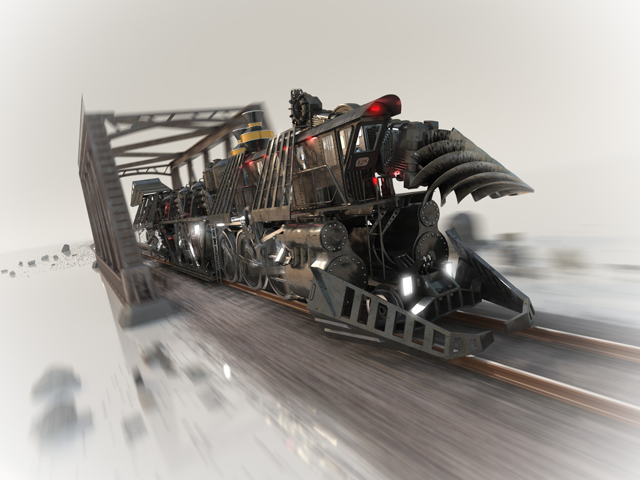3ds Max gives you a variety of different ways to create animation, and a wealth of tools for managing and editing animation.

Artist: Roberto Ziche
3ds Max gives you a variety of different ways to create animation, and a wealth of tools for managing and editing animation.

Artist: Roberto Ziche